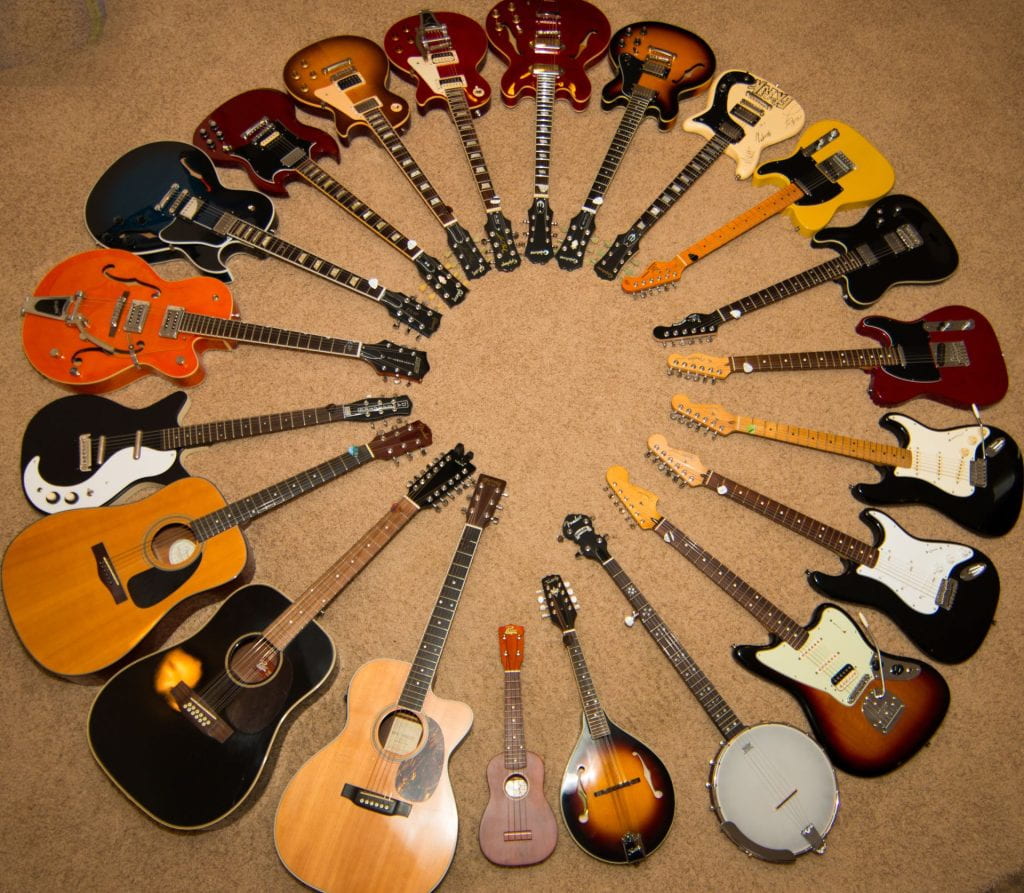
The beauty, small size, character and different colors of Chihuahua breed dogs distinguish it from all other breeds. He is included in the top 10 “watchdogs”. Most of all, he likes to be next to his owner, demanding a lot of attention.
The origin
Like many breeds, the origin of this little one is unknown, but there are still two hypotheses.
Չիուահուա ցեղատեսակի շների գեղեցկությունը, փոքր չափերը, բնավորությունը և տարբեր գույները տարբերում են բոլոր ցեղատեսակներից: Նա ընդգրկված է «հսկիչ շների» թոփ 10-ում։ Ամենից շատ նա սիրում է լինել տիրոջ կողքին՝ մեծ ուշադրություն պահանջելով։
Ծագումը
Ինչպես շատ ցեղատեսակներ, այս փոքրիկի ծագումն անհայտ է, բայց դեռ երկու վարկած կա.

It is believed that when the Aztecs conquered the Toltecs, they took the Techichis with them. Many of the dogs lived in temples and were used in ritual ceremonies. The Atecs believed that these dogs had supernatural powers and had the power to heal the sick and ward off the spirit of death.
According to the second version, these small dogs originated in China, then they were transported to Mexico, and there they bred with elk dogs. According to this version, the chihuahua originated in Mexico in the 1850s, became popular throughout the world, and became popular throughout the world. Today, this breed is the 11th in the list of 155 world breeds.
Ենթադրվում է, որ երբ ացտեկները նվաճեցին տոլտեկներին, նրանք իրենց հետ տարան տեխիչներին։ Շներից շատերն ապրում էին տաճարներում և օգտագործվում էին ծիսական արարողություններում: Ատեկները կարծում էին, որ այս շները գերբնական ուժեր ունեն և ունեին հիվանդներին բուժելու և մահվան ոգին հեռացնելու զորություն:
Երկրորդ վարկածի համաձայն՝ այս փոքրիկ շները ծագել են Չինաստանից, այնուհետ դրանք տեղափոխվել են Մեքսիկա, իսկ այնտեղ բուծվել են կաղնու շների հետ։ Ըստ այս վարկածի՝ չիուահուան առաջացել է Մեքսիկայում 1850-ական թվականներին, տարածված է դարձել ամբողջ աշխարհում և տարածված է դարձել ամբողջ աշխարհում։ Այսօր այս ցեղատեսակը 11-րդն է համաշխարհային 155 ցեղատեսակների ցանկում։
Chihuahua is known to the world for its small size, but at the same time “strong” character, which charms everyone. A happy, cheerful and always busy baby’s only favorite duty is to be next to his owner. At home and outside, he follows her everywhere, even when she goes shopping. Chihuahua’s small size allows you to take it everywhere.
These big-eared wonders are intelligent and very capable, and they learn quickly and with great enthusiasm during training. If the training should be only good, with rewards, otherwise they will not respond to you, they may not even update. It is highly recommended to keep its small size.
Չիհուահուան աշխարհին հայտնի է իր փոքր չափսերով, բայց միևնույն ժամանակ «ուժեղ» բնավորությամբ, ինչով հմայում է բոլորին։ Ուրախ, զվարթ և միշտ զբաղված փոքրիկի միակ սիրելի պարտականությունն իր տիրոջ կողքին լինելն է։ Տանը և դրսում նա հետևում է նրան ամենուր, նույնիսկ գնումների գնալիս։ Չիհուահուայի փոքր չափսերը թույլ են տալիս նրան ամեն տեղ տանել։
Մեծ ականջներով այս հրաշքները խելացի են և շատ ընդունակ, իսկ վարժեցման ընթացքում սովորում են արագ և մեծ ոգևորությամբ։ Սակայն վարժեցումը պետք է լինի միայն դրական կերպով, պարգևատրումներով, հակառակ դեպքում նրանք չեն արձագանքի ձեզ, նույնիսկ կարող են չենթարվել։ Շատ կարևոր է չիհուահուա պահելիս հաշվի առնել նրա փոքր չափսերը։

Chihuahuas are suspicious of strangers, which is why they can guard the house. What should be learned to meet him with a kinder attitude towards people?
One thing you mustn’t forget is that your brave forgets about his size and can attack his size. with, so they treat him, as they treat him, that they refuse any other breed. Another advantage of the latter is that they are considered. They need 20-30 minutes of exercise and walks a day. They do not like cold weather and damp places, so warm clothes are necessary in winter.
Չիհուահուաները կասկածամիտ են անծանոթների նկատմամբ, ինչի շնորհիվ էլ լավագույն կերպով կարող են հսկել տունը։ Սակայն անհրաժեշտ է սովորեցնել նրան դիմավորել մարդկանց ավելի սիրալիր վերաբերմունքով։
Մի բան, որ չպետք է մոռանաք, դա այն է, որ ձեր համարձակը մոռանում է իր չափսերի մասին և հեշտությամբ կարող է հարձակվել իրենից չափսերՀով մեծ շ ան վրա։ հետ, այնպես են նրան նվրվո հետ, այնպես են նրան նվրվո ւմ, որ հրաժարվում են ցանկացած այլ ցեղատեսակից։ Վերջիններիս մյուս առավելությունն այն է, որ նրանք համարվում են երկ 18 տարի։ Նրանց անհրաժեշտ է օրական 20-30 րոպե վարժություններ և զբոսանք։ Չեն սիրում ցուրտ եղանակը և խոնավ վայրերը, ուստի ձմռանը անհրաժետ է տաք հագուստ։






















